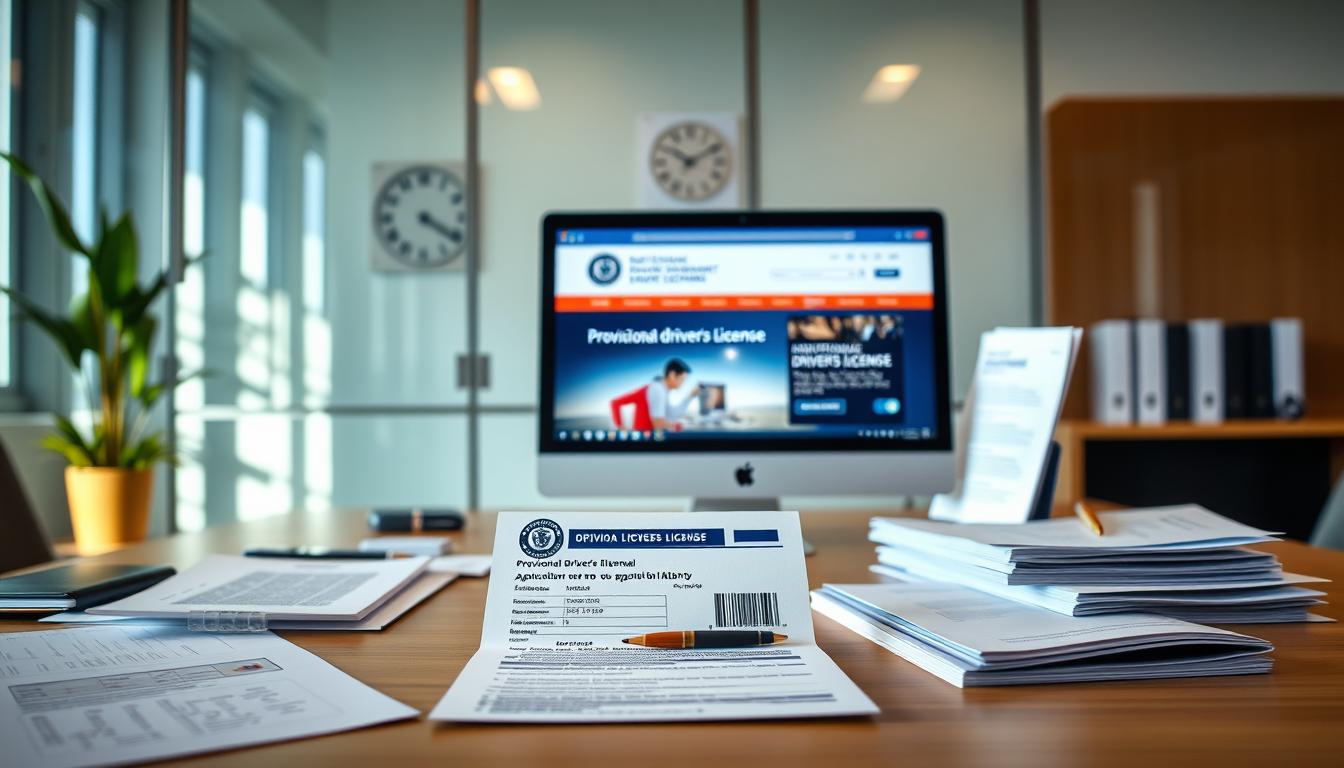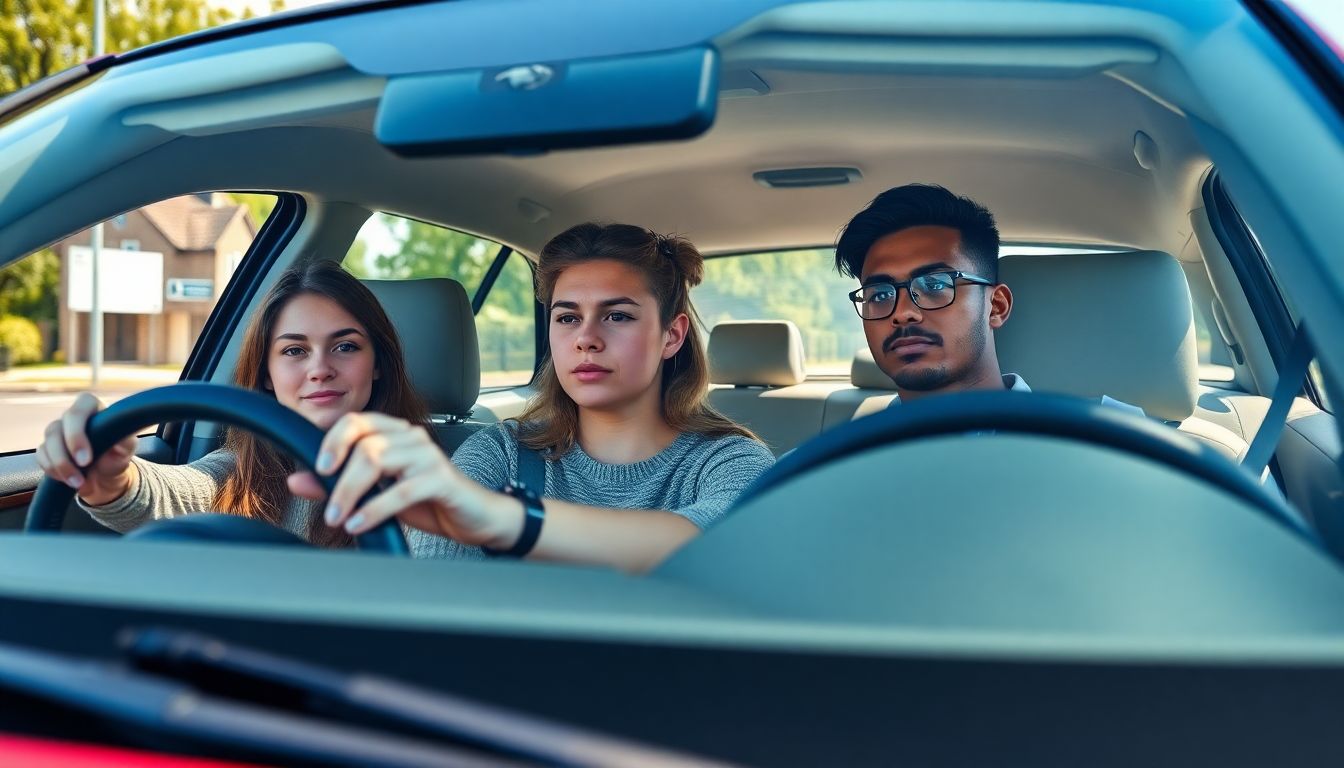Ace Your UK Provisional Driving Test


Ace Your UK Provisional Driving Test: The Ultimate Guide
Introduction: Navigating the UK Driving Test
The UK driving test is a significant milestone for many. It not only grants freedom but also responsibility. Unfortunately, many face challenges leading to high failure rates. A solid strategy and thorough preparation can make all the difference. This guide will provide the insights needed to achieve success.
Understanding the Provisional Driving Licence
Eligibility Criteria and Application Process
To obtain a provisional driving licence in the UK, you must meet certain conditions:
- Be at least 17 years old (or 16 for motorcycles).
- Hold a valid National Insurance number.
- Pass an eyesight test.
You can apply online through the official government website or via paper applications. Expect your licence to arrive in about a week.
Restrictions and Limitations for Provisional Licence Holders
Provisional licence holders face specific restrictions:
- Must display “L” plates when driving.
- Cannot drive without an experienced driver over 21 in the passenger seat.
- Cannot drive on motorways.
Understanding these limitations is crucial for safe driving.
Potential Penalties for Driving Without a Valid Licence
Driving without a valid provisional licence can lead to severe penalties, including:
- A fine of up to £1,000.
- Points on your driving record.
- Possible court prosecution.
Always ensure you meet the legal requirements to avoid unnecessary trouble.
Theory Test: Mastering the Knowledge
Structure and Format of the UK Theory Test
The UK theory test consists of two parts:
- Multiple-Choice Questions: 50 questions covering road signs, rules, and safety.
- Hazard Perception Test: A series of video clips where you identify hazards.
You must pass both sections to pass the theory test.
Effective Study Strategies and Resources for the Multiple-Choice Section
To prepare effectively for the multiple-choice section:
- Use the official DVSA study materials.
- Take practice tests online.
- Join study groups or forums for tips.
Set a study schedule to cover all topics thoroughly.
Hazard Perception Test: Tips and Techniques for Success
Success in the hazard perception test requires keen observation. Here are some tips:
- Watch for changing conditions and unexpected actions.
- Click as soon as you identify a hazard, as timing counts.
- Practice with online simulations to improve your skills.
Practical Driving Test: On-Road Skills Assessment
Assessment Criteria and Marking Scheme for the Practical Test
Your practical test is more than just driving. Examiners will look at:
- General driving ability.
- Awareness of other road users.
- Ability to perform set manoeuvres.
A maximum of 15 faults is permitted, but serious errors can lead to immediate failure.
Common Mistakes and How to Avoid Them
Many candidates fail due to:
- Not observing road signs.
- Poor understanding of roundabouts.
- Hesitation in making decisions.
Practice regularly to familiarize yourself with various driving scenarios.
Driving Manoeuvres: Mastering the Bay Parking, Reverse Parking, and Turning in the Road
Key manoeuvres include:
- Bay Parking: Use reference points for accuracy.
- Reverse Parking: Check mirrors and signal effectively.
- Turning in the Road: Keep an eye on pedestrians and cyclists.
Consistent practice of these skills will boost your confidence.
Booking Your Test and Managing Test Day Jitters
Booking Your Practical Driving Test: A Step-by-Step Guide
To book your driving test:
- Visit the official DVSA website.
- Select a date and time that works for you.
- Pay the fee online.
Keep an eye on your email for confirmation.
Strategies for Managing Test-Day Anxiety
Feeling anxious before your test is normal. Here are ways to calm your mind:
- Practice relaxation techniques, such as deep breathing.
- Visualize a successful test experience.
- Ensure you have a good night’s sleep before.
What to Bring to Your Driving Test
On test day, remember to bring:
- Your provisional driving licence.
- A valid theory test pass certificate.
- Any required documents as instructed.
Having these prepared will ease some stress.
Driving Instructors and Additional Resources
The Value of Professional Driving Instruction
Choosing a qualified instructor is vital for success. They provide valuable feedback and tailored lessons that boost your driving skills.
Recommended Online Resources and Practice Tests
Various online platforms offer great study tools. Some popular options include:
- DVSA’s official website for practice materials.
- Apps for mock tests and hazard perception practice.
These can enhance your preparation.
Finding Reputable Driving Schools
Researching local driving schools can lead to valuable experiences. Look for:
- Positive reviews and feedback.
- Recommendations from friends or family.
- The school’s pass rates.
Take the time to choose wisely.
Conclusion: Confidence, Preparation, and Success
Success on the UK provisional driving test comes down to preparation and confidence. Remember these key takeaways:
- Understand the requirements and restrictions of your provisional licence.
- Master both the theory and practical components.
- Prepare thoroughly and manage your stress effectively.
Continued safe driving practices are essential. For ongoing learning and support, utilize available resources to enhance your skills and knowledge. Prepare well, drive safely, and enjoy the journey ahead.

Leave a Reply